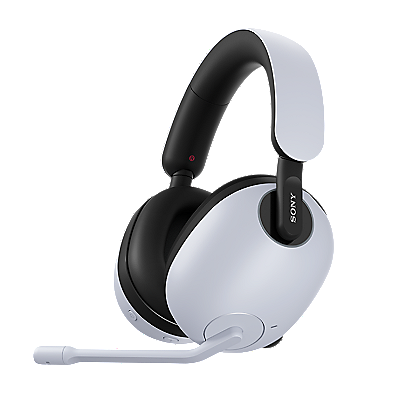How to transfer videos to a Mac computer
Before you start
- If you have the Apple iMovie software, refer to the Apple website.
- The Apple Mac computer requires an Intel Core Duo processor or better to support AVCHD video.
- For DVD Camcorders, additional information is available in the How to transfer video from a DVD camcorder to an Apple Macintosh computer using a USB connection article.
- Transfer steps can vary so check your computer documentation for details.
Steps to transfer video
Follow these steps to transfer video from the digital camera or camcorder if you do not have the Apple iMovie software installed or you are transferring 60p (1080 and 720) video.
- Turn on the camera.
- Connect the camera to the computer using the USB cable.
- Set the camera to Mass Storage or USB MODE.
Note: After the computer recognizes the connection, it will list the camera drive or drives as NO NAME or UNTITLED on the computer desktop.
- On the computer desktop, click the NO NAME or UNTITLED icon.
- Locate the video files.
Note: If any of the folders appear as a QuickTime file, right-click and then choose Show Package Contents to view the contents of the folder.
- On the keyboard, press and hold the Shift key.
- While holding the Shift key, click to select the video clip files you want to transfer.
- Release the Shift key.
- On the keyboard, press Command+C to copy the files.
- Open the folder or directory on the computer where you want to copy the video.
- On the keyboard, press Command+V to paste the files into the desired location.
After following the steps above, the video from your camera will be copied to the hard drive of the computer. You will need to have a movie player application that supports MPEG-2 for standard-definition video or AVCHD for high-definition video to open and play these files. Refer to the software manufacturer of the movie player application you are using for additional information and any available updates.






















